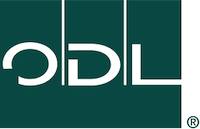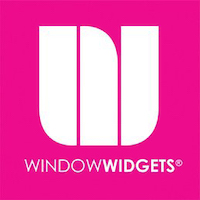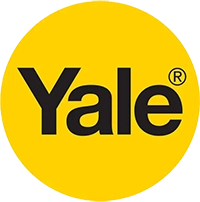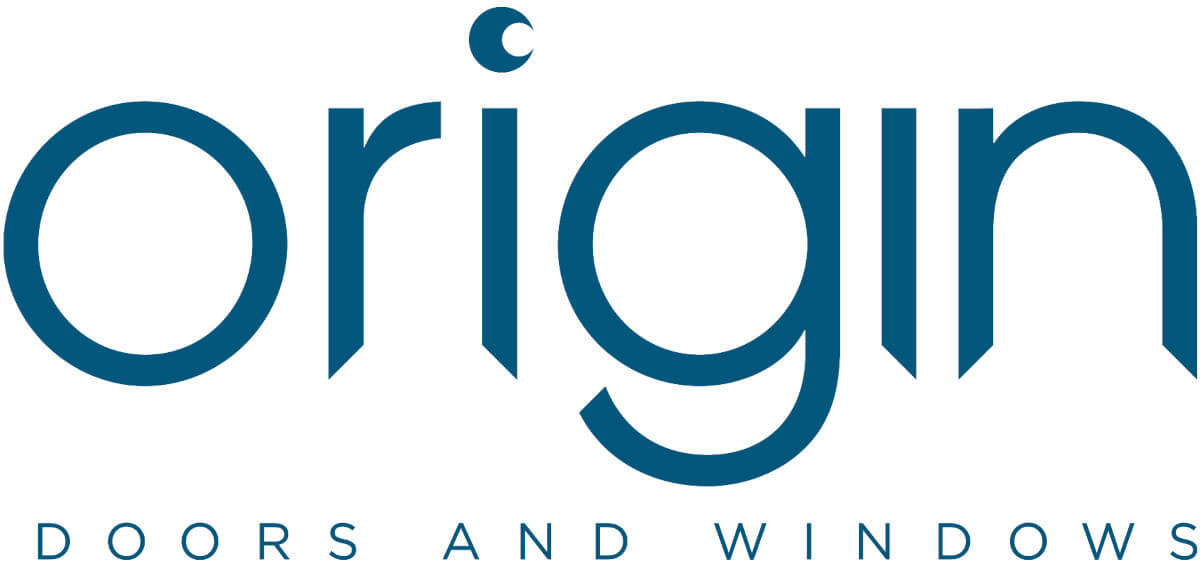Email vs. Direct Mail
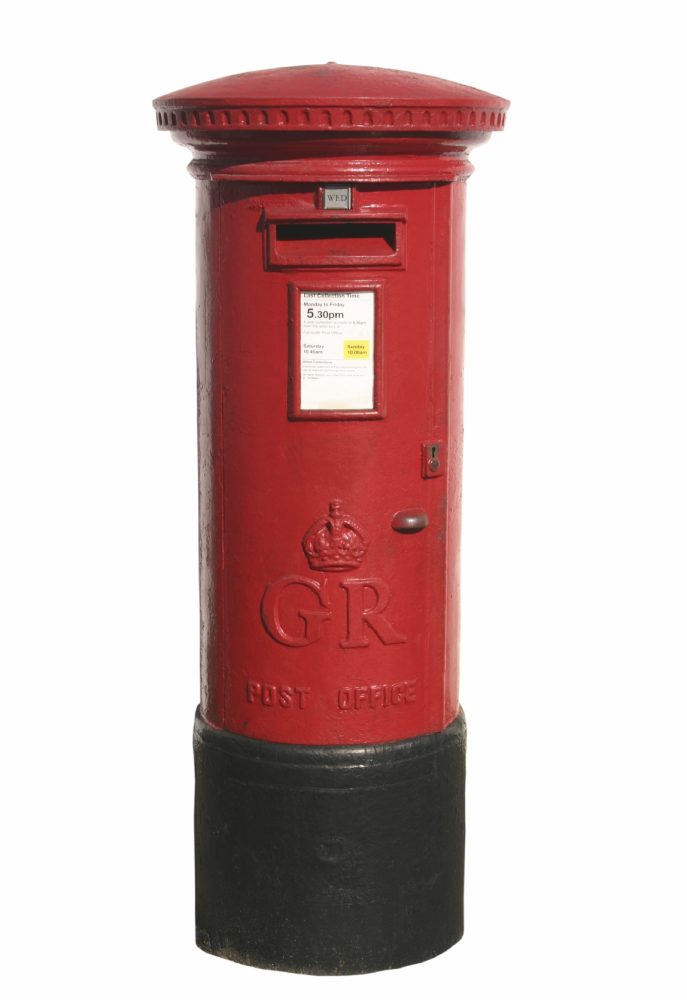
It’s no secret that direct marketing can drive millions of pounds in new business straight to your door. In fact, new research published by the Direct Marketing Association (DMA) shows that the UK’s direct marketing industry generates £205 billion in sales annually.
Traditionally, the most common form of direct marketing has been direct mail. However, according to the findings of a recent Marketing GAP Report, 51% of consumers now state that email is their favoured means of being contacted by companies, pushing direct mail into second place. That being said, direct mail has grown 137% in the last 10 years. Which begs the question, when it comes to direct marketing which is best?
Let us give you some Insight…
One of direct mail’s biggest advantages is its ability to make personal one-to-one contact with your prospect. Other direct mail advantages include:
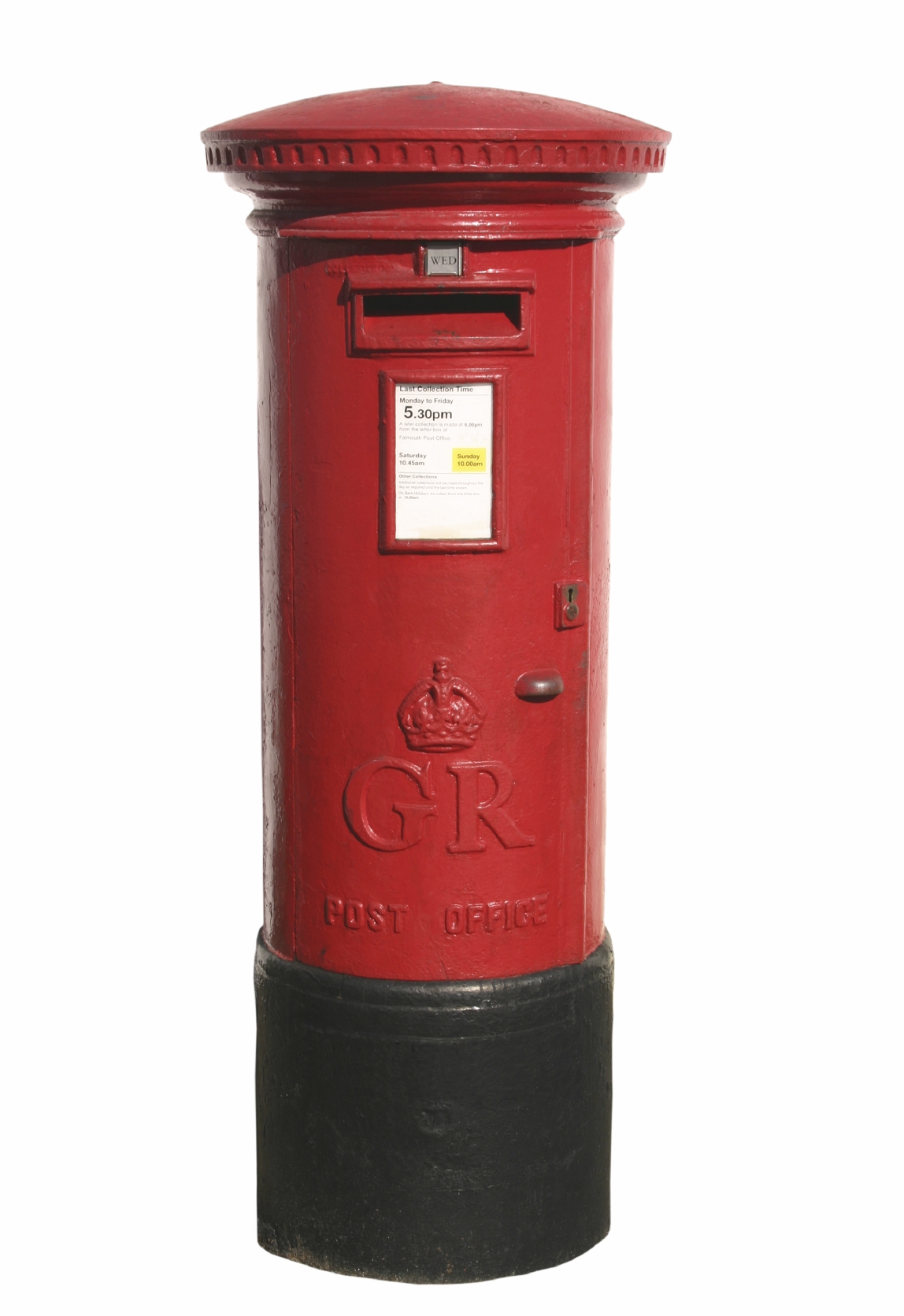 – Highly targeted – using carefully developed lists, you can target your mailings more selectively than you can with most other media
– Highly targeted – using carefully developed lists, you can target your mailings more selectively than you can with most other media
– More personal – not only can letters be personalized but you can use more informal language in writing your letter and direct it to the specific interest of the reader
– List of loyal customers – direct mail allows you to build and maintain a list of prime prospects for your future direct mail campaigns
– Quick to produce – you can prepare and mail a small promotion within days or weeks.
Then again, e-marketing can help you deliver the right content to the right prospect at the right time and continuously achieve high response rates. Perhaps that would explain why Microsoft sends out over 20 million email marketing pieces every month. Other advantages of email marketing include:
![]() – Lower cost – costs incurred in designing, executing, testing, sending and receiving an email campaign can be up to 78% less than a paper-based direct mail version
– Lower cost – costs incurred in designing, executing, testing, sending and receiving an email campaign can be up to 78% less than a paper-based direct mail version
– Measurable results – special tools are available that accurately measure open rate and click-through rate, enabling you to assess the success of different email campaigns
– Opt-in or unsubscribe options – emails contain opt-in and unsubscribe options which help you to shortlist your prospects and reach only the ones genuinely interested in your offerings
– Faster response – time to receive responses through email is one to three days, while a direct mail campaign would take minimum 7 to 12 days to generate any responses
So what’s the verdict? Here at Insight, we have found that our clients get much better results when they combine direct mail and e-marketing. The best tactic is to send out direct mail and follow up with an email campaign a few days later. This way, you don’t put all your eggs in one basket and give yourself a much better chance of gaining a response.
To discuss your marketing strategy call us now 01934 808293 or send us an online message.













